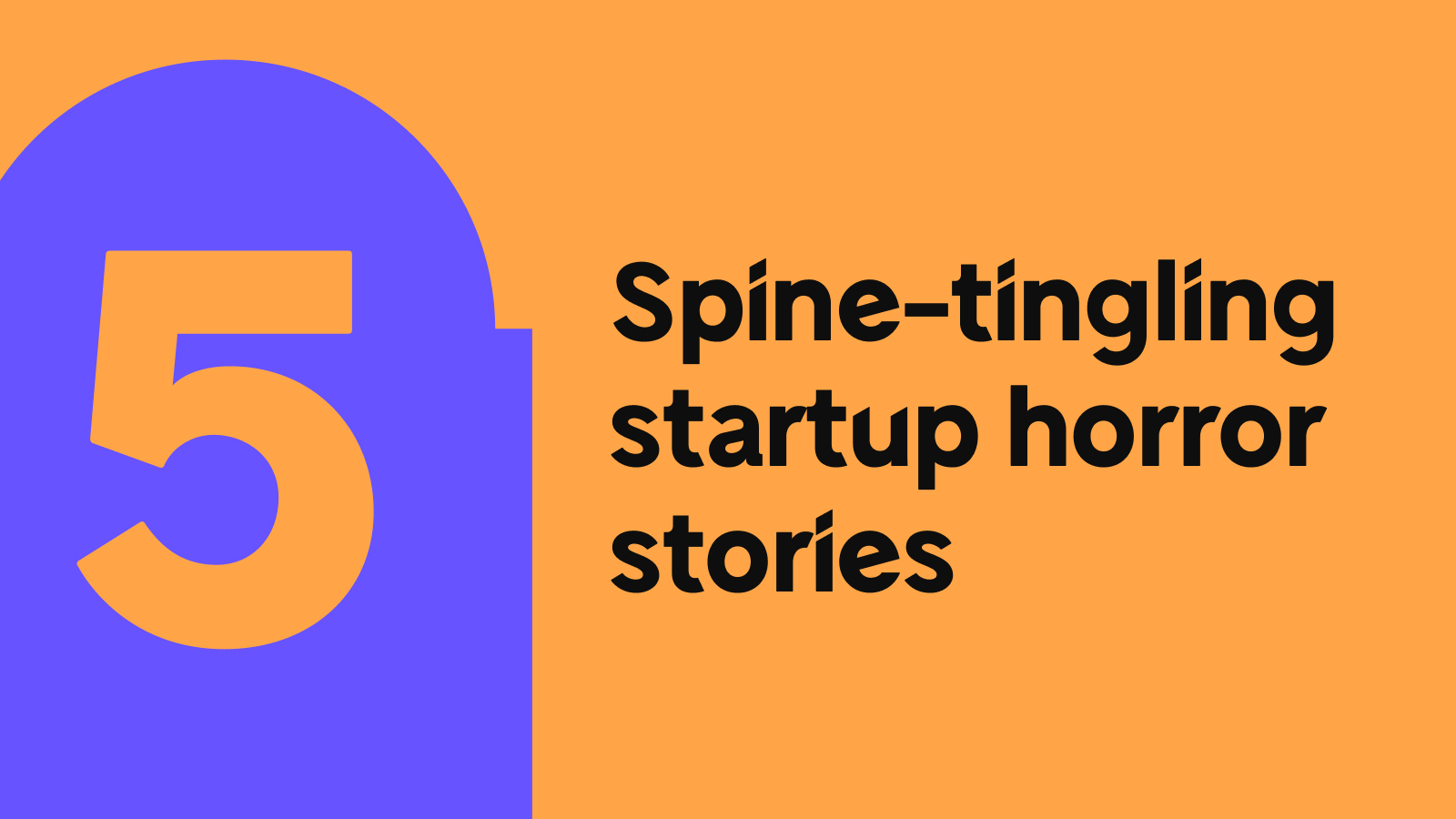|
|
It’s a ghoulish Halloween Special like no other — we’re digging up a product graveyard and uncovering the corpses of five horrific software failures from five successful makers. Each tale is a stark reminder that the road to product success is fraught with peril, and one wrong turn can lead to a catastrophic demise.
From misguided platform choices to the absence of a solid go-to-market strategy, these cautionary tales offer chilling insights for aspiring makers. Gather around as we unveil the eerie lessons learned from their journeys (if you dare). 👻
Startup Horror Story #1: The $60K Real Estate Plugin Nightmare
Creating and selling software extensions is about delivering clever innovations for tried-and-true solutions. But as our first victim learned, ominous surprises may lurk in the shadows if you fail to partner up wisely ☠️
The Victim: Zack Katz
Zack is the maker behind several successful extensions, including GravityKit and GravityView for Gravity Forms.
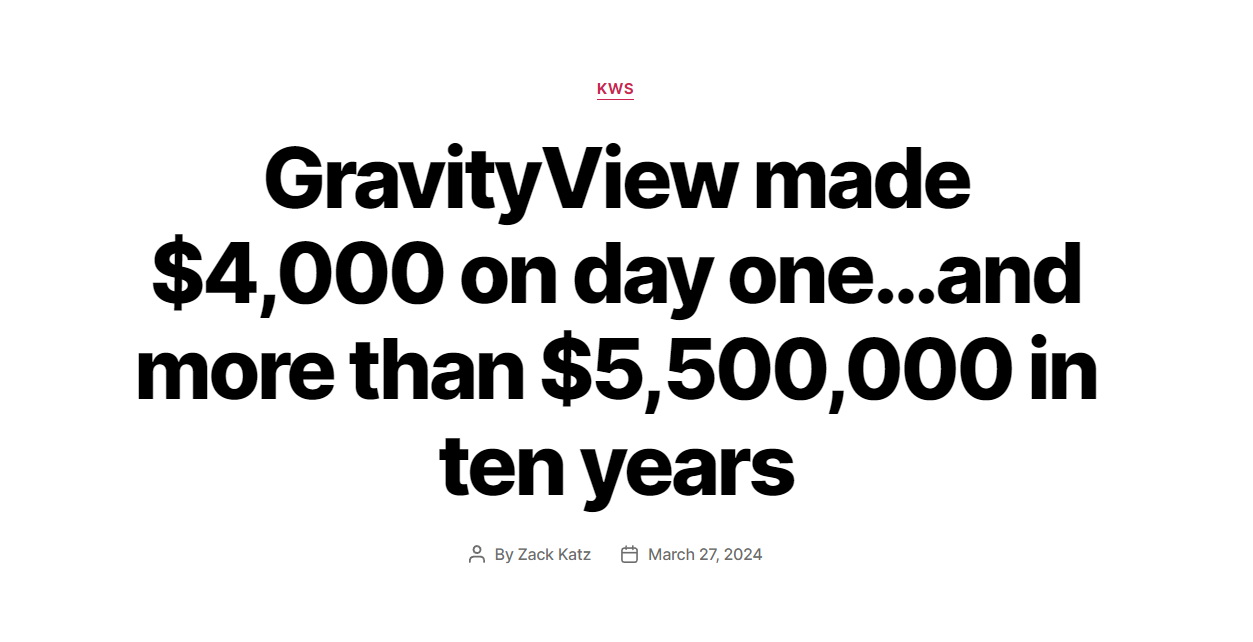 However, not all of Zack’s business ventures are happily ever afters. One of his software failures was laid to rest deep in the ground, far from the light of day… until now.
However, not all of Zack’s business ventures are happily ever afters. One of his software failures was laid to rest deep in the ground, far from the light of day… until now.
The Grave Mistake
“My dearly beloved plugin, IDX+, was designed for real estate professionals,” Zack recalls with a shiver.
In 2012, he aimed to revitalize online real estate listings with modern features. The sector was thriving, driven by Information Data Exchange (IDX) listings that displayed housing deals from a database.
However, the technology available was extremely limited. Determined to make his mark, Zack created IDX+, pricing it at $700. Over three years, he accumulated $60k in sales, which seemed promising for an indie developer.
The catch?
IDX+ relied on a base product that wasn’t designed to support extensions: DSID Express. “I was receiving API responses, parsing them through an HTML parser in PHP, modifying the output with an output buffer, and returning the shortcode results as if we returned them, and they didn’t like that,” Zack laments. “DSID Express changed the HTML structure regularly, breaking the integration every few months.”
The problem with Zack’s extension? It relied on a base product that was NOT designed to support extensions.
This hacky integration led to ongoing collapses and maintenance nightmares, ultimately resulting in IDX+’s failure.
“I realized that I was building upon a partner who didn’t want me to be a partner,” Zack says. In other words, a match made in hell 👿
Lesson Learned: Unstable Foundations Can Lead to Fatal Falls
If your product depends on a parent platform, research its compatibility early to ensure your extensions can be well-integrated and sustainable.
Building upon solutions DESIGNED for extensibility is one way to reduce the risk of major disruption down the line. In the example of Gravity Forms, the company has a certified developer’s program. If it isn’t clear whether or not a parent product is extendable, the best route would be to communicate with its team early in the process. Avoid irresponsible shortcuts. Extensions you build must rely on compatibility and standardized integration methods to ensure a sustainable product and avoid software failures.
Of equal importance is ensuring you have a solid plan for bringing your creation to market — something our next victim learned the hard way.
Startup Horror Story #2: The “No-Research Nightmare on Launch Street”
Dreaming up a brilliant product idea can be so thrilling that it’s tempting to dive into building right away. But beware — skipping the groundwork for a solid go-to-market strategy could send your product into the void of software failures. You must define your target audience, determine how to spread the word, and explain why your solution stands out from the competition — or risk meeting the monster of unrealized potential 👹.
Our second unfortunate soul learned that ignoring this advice would turn his passion into panic. “I was a very typical developer and just went, ‘Ooh, here’s an idea,’” he laughs (humorlessly).
The Victim: Maarten Belmans
Maarten is the founder of StudioWombat, a company that offers free and premium plugins for WooCommerce shop owners.
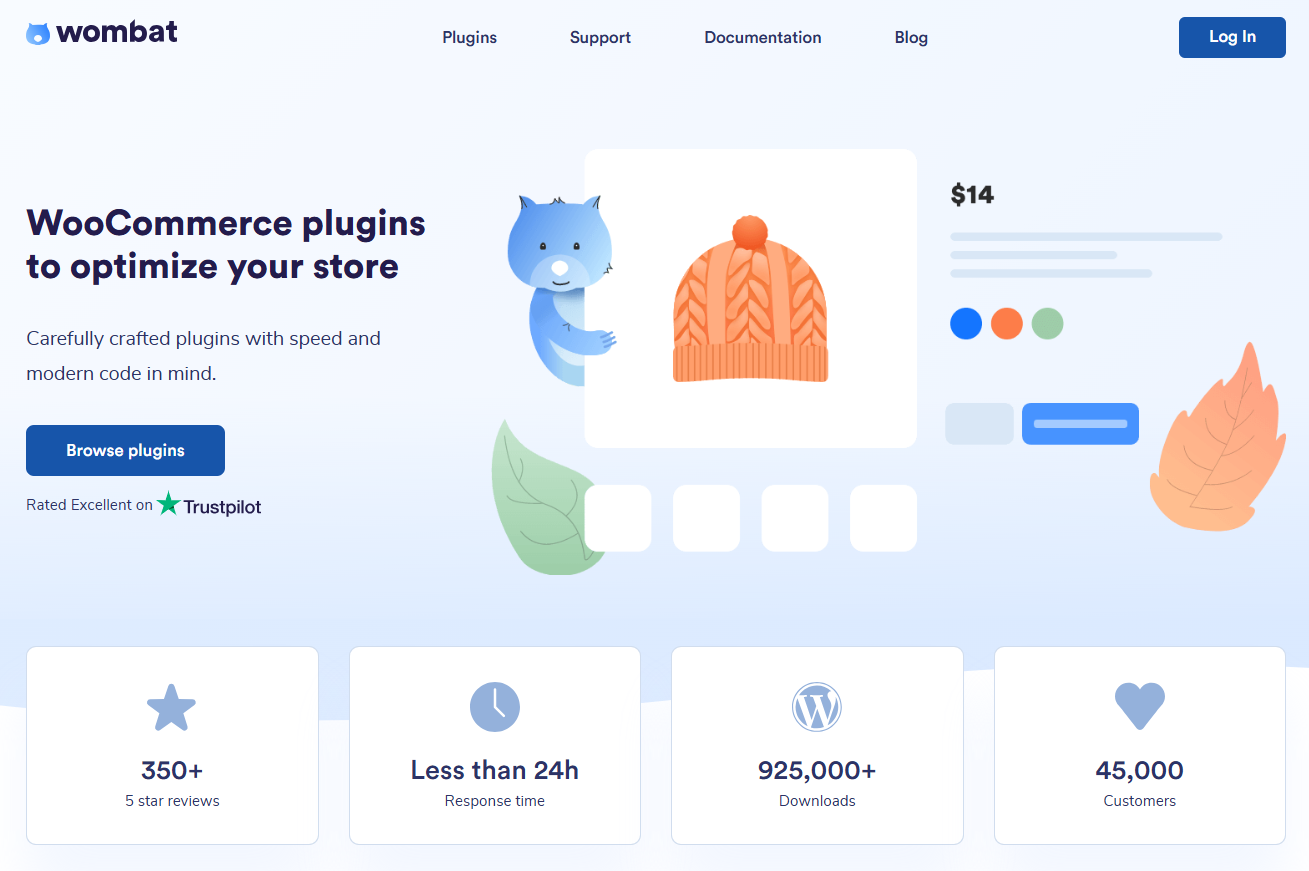
Nowadays, Maarten validates his product ideas by actively listening to WooCommerce users and understanding their needs and challenges to determine if his idea is fertile for growth — a hard-learned lesson from an earlier side project, a tale of promising buds that, despite his efforts, never bloomed 🥀
The Seed of Terror
Maarten developed a tool called Email Signature Sprout to simplify the creation of uniform email signatures for companies. “I wanted to create a product where users could easily create their signatures and paste them into their email applications,” he shares.
When the app was almost complete, doubts began creeping in. “So, I started doing actual research,” Maarten recalls. To his dismay, he found numerous alternatives already in the market — many with loyal user bases and most offered for free.
Confronted with the grim truth of limited profitability, Maarten abandoned his creation, sealing Email Signature Sprout’s fate in the abyss of software failures.
A Ghastly Revelation
The obvious lesson? “Do a little bit of market research,” Maarten says.
When building a software business, a go-to-market strategy helps you decide what to create and how to make it stand out. This strategy should include a clear overview of your market segment, competitors, and ideal customer, guiding you toward achieving product-market fit instead of an early product grave.
Our next victim’s experience reveals the perilous consequences of going in too heavy when pursuing ambitious projects.
Startup Horror Story #3: How a Single Email Killed a $100K Project
At times, creators invest heavily in a project, securing vendors, partners, and investors, only to overlook critical dependencies that can make or break their model. When these dependencies shift, even a seemingly minor change can send the entire venture into a grim, early grave 😱
The Victim: Ronik Patel
Ronik is a serial entrepreneur who recently exited one of his four successful ventures, UnlimitedWP.
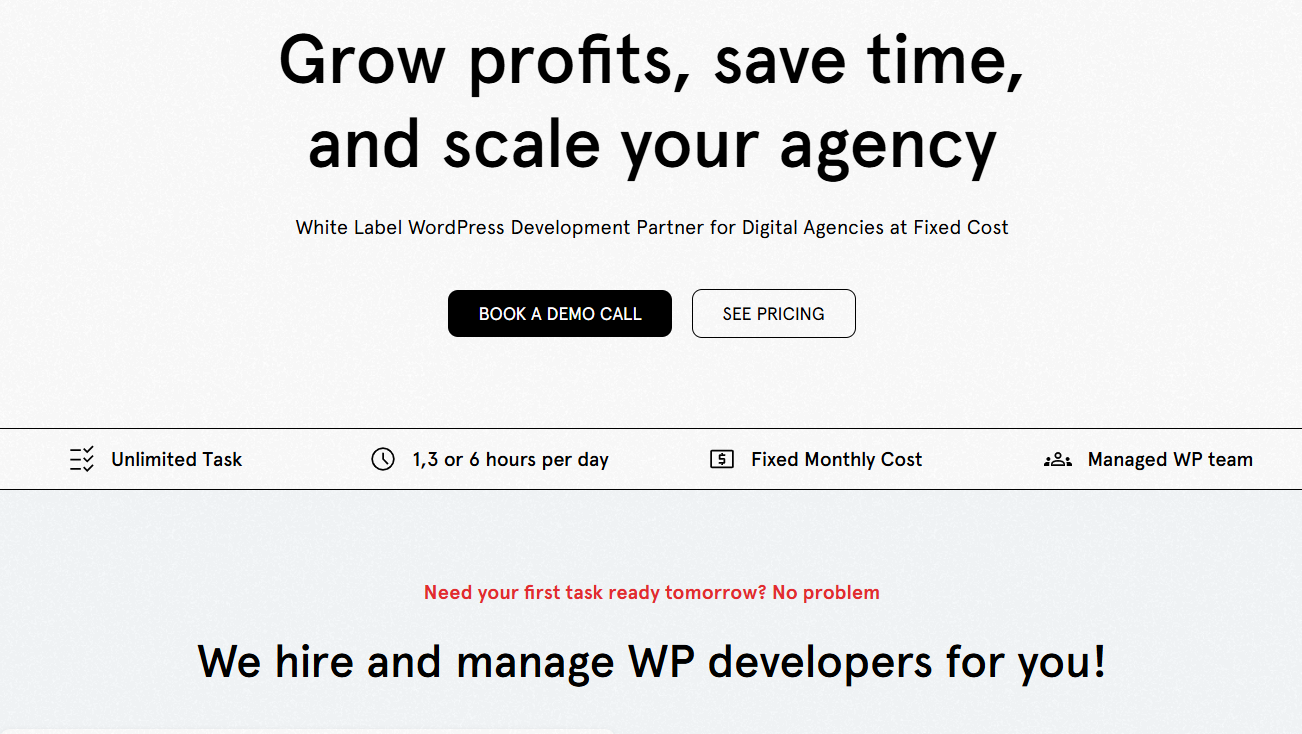
Known for making substantial investments with an eye on future profits, he still finds himself haunted by memories of Liquor Engine 🌑
Uncorking the Horror
Liquor Engine was envisioned as a comprehensive e-commerce platform specifically for liquor stores. “It was designed to be ready to go — if you’re a liquor store, just sign up, and within five minutes, you have your e-commerce site with all your products and offer delivery in your local area,” Ronik explains.
The investment in its development was staggering. “Over $100,000, one year of development, three developers working on it, and four people managing data entry to list all the products in the liquor industry,” he adds.
The platform aimed to revolutionize online liquor sales with over a hundred hand-picked sellers eager to join. But one day, disaster struck when an unexpected email arrived from their third-party delivery vendor: fees would double after the vendor went public, rendering Ronik’s business model unsustainable.
“We had an agreement with them that they’d charge us $5 per delivery. Then they went public while we were building the platform and we got an email one day saying now it will be $10 per delivery,” Ronik recalls.
That single email was the nail in the coffin that put Liquor Engine to rest among the other software failures.
Ronik’s Peril of Wisdom
Liquor Engine highlights the dangers of capital-intensive startups and underscores the benefits of a simple approach. The lean startup methodology emphasizes testing your assumptions with minimal investment before scaling. Starting small allows you to gather real usage data and validate your ideas before committing significant funds.
Facing the terror of a failed launch is daunting enough, but watching a product wither away before it’s even built? Those are the software failures no creator wants to face 🥶
Startup Horror Story #4: When Inexperience Turns Into Early Product Execution
Do you lie awake, haunted by the phantasms of abandoned side projects that could have been? You’re not alone 👀 Our next victim’s story illustrates the critical need to launch a minimum viable product (MVP) to avoid the haunting regrets of unfulfilled potential.
The Victim: Katie Keith
Katie Keith is the co-founder and CEO of Barn2 Plugins, a WordPress plugin shop with 19 software products used by 90 thousand websites. Her partner (and husband) Andy recently stepped down from his position as CTO.
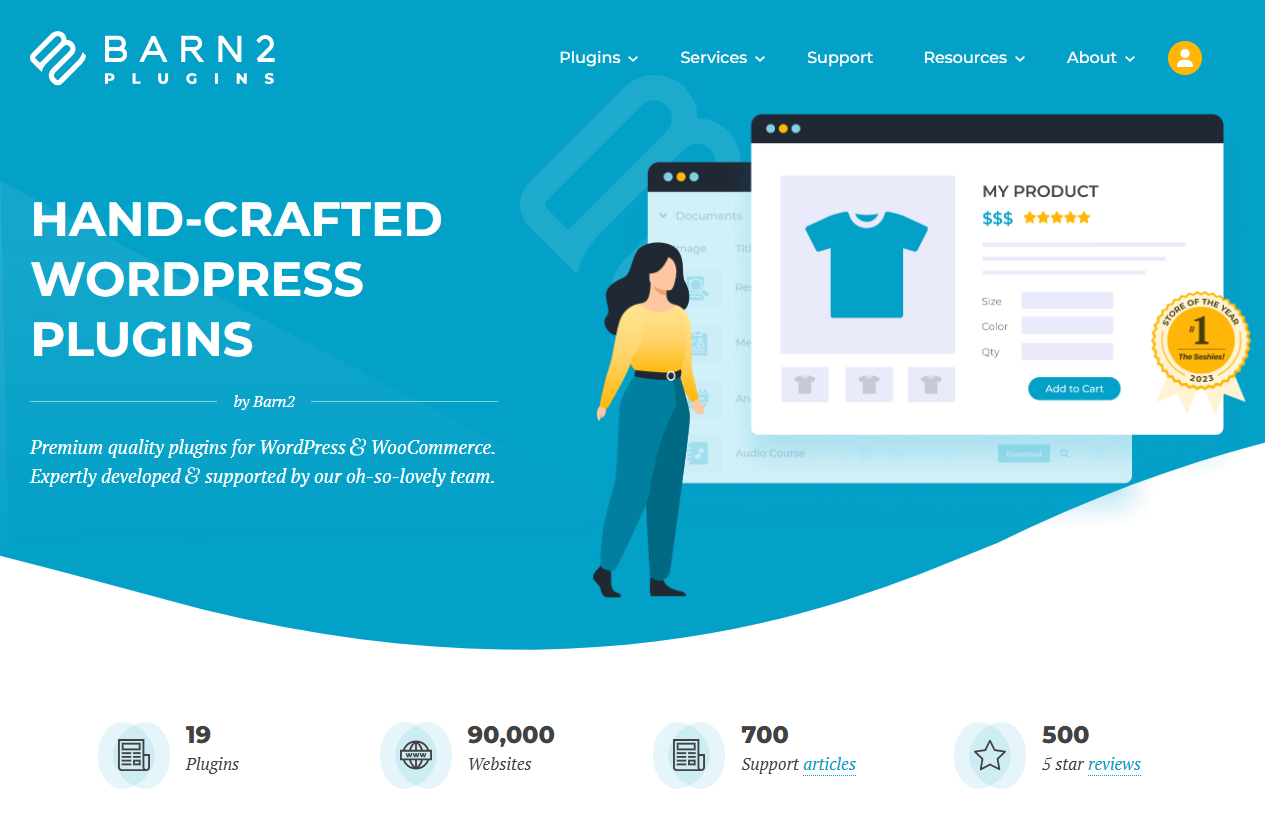
In their early software-making days, this power couple stumbled wide-eyed into a first project that quickly became a haunting, taunting ghost of what could have been 🧌
Echoes of a Dead End
They envisioned an online ecotourism product called Green Rooms. “We loved it while we were building it, but it never launched, so it never really existed,” Katie reflects.
Katie and Andy dedicated countless hours of their free time to researching ecotourism and meticulously planning the website and product. Sadly, their inexperience as businesspeople and lack of confidence meant their first entrepreneurial attempt now rests with the other software failures.
The Chilling Revelation
The lesson they learned is often whispered in startup circles: Sell it before you have it. This means seeking your first buyers before unleashing a polished product.
The best approach is to craft a minimum viable product (MVP) — a stripped-down version of your idea that delivers its core function without any frills or distractions. For a project like Green Rooms, this could mean beginning with a simple, front-end-focused website to secure the first 50 bookings, leaving the complex back-end development for when bookings have become steady.
“If you don’t ever launch, nothing’s going to happen. It’s all about the execution and the follow through, and we didn’t have that,” Katie muses.
Our final victim’s folly serves as a stark reminder that guidance can provide crucial insights and prevent years of uncertainty and regret – and prevent major software failurs.
Startup Horror Story #5: The Cursed Concept That Could Have Changed the World But Never Came to Be
We all stumble into mistakes that lead to failure. But some must confront a far grimmer truth: missing out on creating something that could literally have changed the world.
The Victim: Verdi Heinz
Verdi is a Global Community Manager at Elementor and the co-founder of Code Snippets Pro, a well-known web development tool born from his razor-sharp vision and keen marketing instincts.
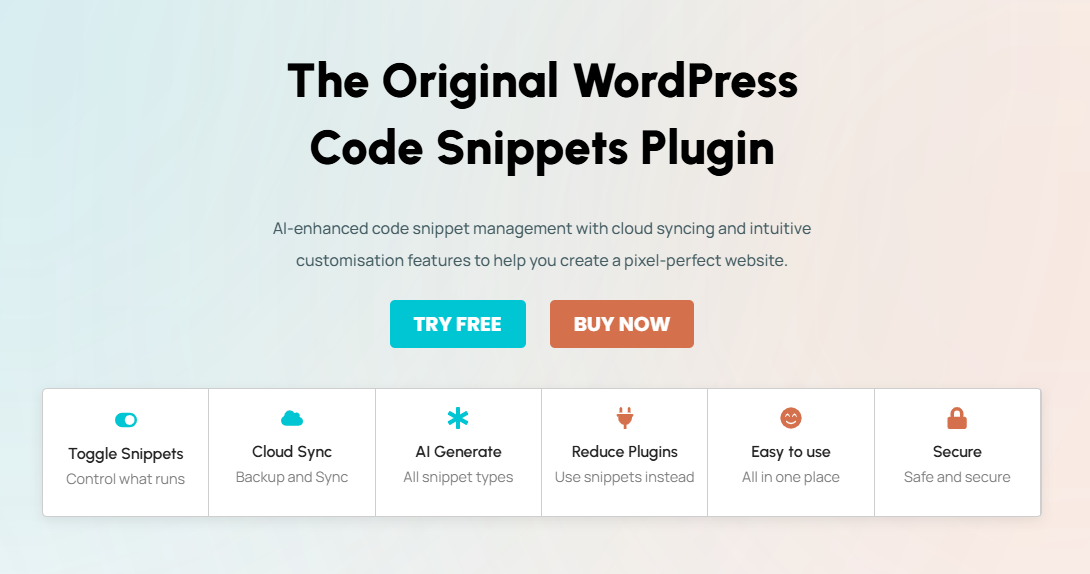
For years, he’s been plagued by the ghost of his first entrepreneurial venture going bust.
A Fateful Blunder
In a bygone era of personal digital assistants — or PDAs — a system in the Netherlands known as Psyon boasted expansion slots for everything from memory to a fax module. With this unique fax slot, users could type messages on their mini keyboards, and watch as they rolled out of a fax machine. But Verdi’s tale takes a darker turn as he recounts his attempt to invent text messaging long before the age of SMS.
Instead of directing messages to a fax machine, Verdi envisioned a revolutionary hack that would allow texts to stay digital and be received on similar devices. This innovative idea caught the eye of the Psyon CEO, who saw its potential and invited Verdi to his home in Amsterdam. However, what started as a promising opportunity quickly spiraled into disappointment when, despite the CEO’s enthusiasm, Verdi never heard from him again.
For two long years, Verdi fought to gain support from various manufacturers, including Samsung. Armed with sketches and detailed plans, he was determined to bring his vision to life, but his inexperience and limited resources overshadowed his efforts and ultimately led to the project’s demise.
“Four years later, somebody said, ‘Look, have you seen this thing called SMS? In the US it’s called text messaging’. It was exactly the thing that I was trying to do!” Verdi says.
Keep On Keeping On
Many seasoned entrepreneurs are eager to lend their wisdom, helping newcomers navigate treacherous paths that could lead to years of doubt and regret. But, in the end, it’s up to the maker to really push… and keep pushing if they truly believe in the idea.
“The biggest lesson I drew from this is if you truly want something, completely go for it. If it doesn’t work out, then bury it and leave it be. Don’t let it bother you for a few years, thinking, ‘What if?’” Verdi insists.
If you’ve read this far, congratulations on braving this anthology of horror tales 🧛♂️. While heeding these warnings is essential, it’s even more important to keep sight of the bigger picture.
Subscribe and grab a free copy of our WordPress Plugin Business Book
Exactly how to create a prosperous WordPress plugin business in the subscription economy.

Final Thoughts: Learning from the Shadows
As we close the crypt on these chilling tales of entrepreneurial missteps, it becomes clear that every failure carries with it invaluable lessons. The haunting experiences of these five software creators serve as powerful reminders of the importance of strategic planning, mentorship, and market research in the journey of building a successful business.
If you’d like to launch a software product but have monsters under the bed, fear not. Freemius is here to help 😉 Get in touch with us at [email protected] or send us a message on X.
Happy haunting!

